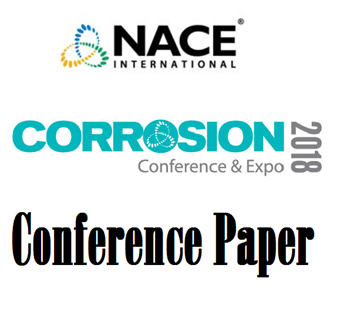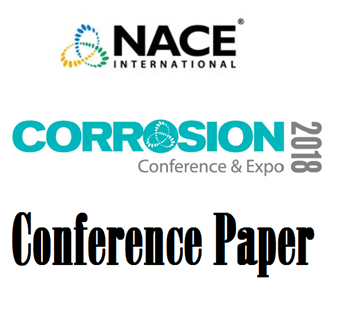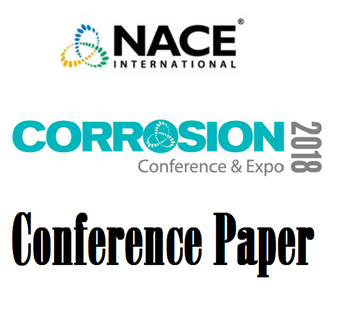Search
51318-10933-Field cathodic protection study in the specific artic conditions of the Yamal gas carrier terminal project
Also Purchased
51318-10937-A New Perspective on Corrosion Monitoring
Product Number:
51318-10937-SG
Publication Date:
2018
$20.00
51318-10925-Intelligent internal elastomer coatings for steel pipes with integrated wear monitoring
Product Number:
51318-10925-SG
Publication Date:
2018
$20.00
51318-10944-Cathodic protection affected by stray current transients: Critical duration and amplitude
Product Number:
51318-10944-SG
Publication Date:
2018
$20.00




